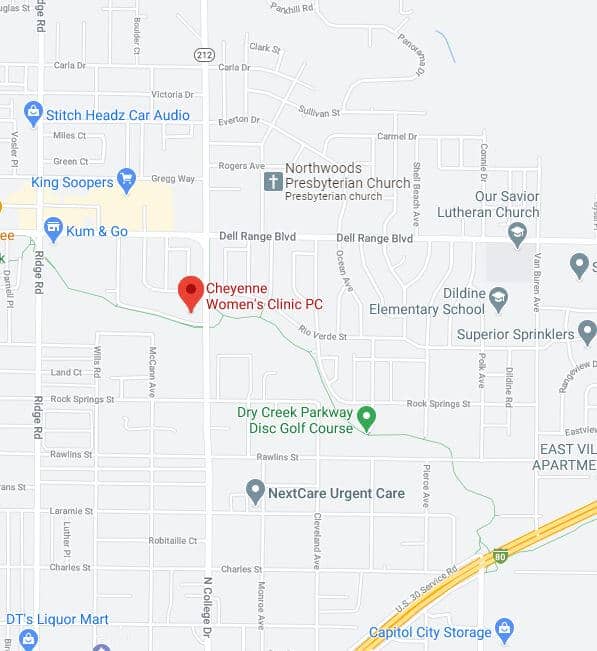The Benefits of Cord Blood Banking
Cord blood is the blood from your baby that is left in the umbilical cord and placenta after birth. It contains special cells called hematopoietic stem cells that can be used to treat some types of diseases. Saving this blood for a future use is called cord blood banking.
What is special about hematopoietic stem cells? Most cells can make copies only of themselves. For example, a skin cell only can make another skin cell. Hematopoietic stem cells, however, can mature into other kinds of blood cells. This makes them useful for treating more than 70 types of diseases, including diseases of the immune system, genetic disorders, neurologic disorders, and some forms of cancer, such as leukemia and lymphoma. Stem cells are the primary form of treatment for some of these; for others, they are used when other treatments have been unsuccessful or in research programs.
Stem cells are also found in bone marrow, but the using cells in cord blood have greater medicinal benefits, such as:
- There are more possible matches with a cord blood transplant than a bone marrow transplant.
- The stem cells from cord blood are less likely to cause rejection than the ones in bone marrow.
- It can be risky and painful for the donor to collect bone marrow. Collecting cord blood is simple and painless.
- Cord blood can be frozen and stored until someone needs it. Bone marrow must be used soon after it is collected.
- Stem cells can also be used to strengthen the immune system of someone undergoing cancer treatments. Bone marrow doesn’t have this ability.
The greatest disadvantage of cord blood is that it doesn’t contain many stem cells, so donations from several donors may need to be combined to treat an adult.
The benefits of banking cord blood include:
- Donating cord blood to a public bank adds to the supply and can potentially help others.
- If you already have a child with a medical condition that may be helped by a cord blood transplant, donating a biological sibling’s cord blood for directed donation could be of benefit.
Cord Blood Transplants
There are two kinds of cord blood transplants: autologous and allogenic.
In autologous transplants, the cord blood collected at a child’s birth is used to treat the same child. This is a fairly rare situation because a child’s own stem cells can’t be used to treat these diseases, which are commonly treated with stem cells:
- His or her own genetic disease, since the cells contain the same genes that are causing the disease.
- His or her own leukemia (a cancer of the blood).
In allogenic transplants, another person’s stem cells are used to treat disease. The donor may be related or unrelated to the person being treated, but their cells must be similar enough to make the transplant work.
Cord Blood Banks
For future use, cord blood is frozen and stored in public or private cord blood banks. In Cheyenne, there are no public cord blood banks. Only private banks are available for cord blood storage.
- Public cord blood banks store donated cord blood for allogenic transplants. The stem cells can be used by anyone who is a good match, although some public banks will store cord blood for directed donation to a family member with a disease that could possibly be treated with stem cells. Cord blood donations are typed and tracked by a computer so they may be found for someone of a matching type who is in need.
- Private or family banks store cord blood for autologous transplants or for directed donation to a family member. Private banks charge a yearly fee for storage; however, some will store the cord blood free of charge if it is going to a family member who can potentially be treated with a transplant. If you decide to store cord blood in a private bank, find out the total cost, including charges for collecting and processing the cord blood and the annual storage fees, to make sure it’s a cost you’re willing and/or able to pay.
A good resource to learn more about public and private banks is the Parent’s Guide to Cord Blood Foundation.
Collecting Cord Blood
Your doctor will collect the cord blood when you give birth in a simple, painless process. After your baby is born, your doctor will cut and clamp the umbilical cord, then draw the blood from the cord using a needle that has a bag attached. The process takes about 10 minutes. Afterwards, the blood will be sent to the bank you have chosen using a kit the bank will have sent to you as part of your contract with them.
Banking cord blood can provide beneficial health benefits for people with certain diseases. If it’s something you’re interested in doing after your baby is born, talk to your doctor.







